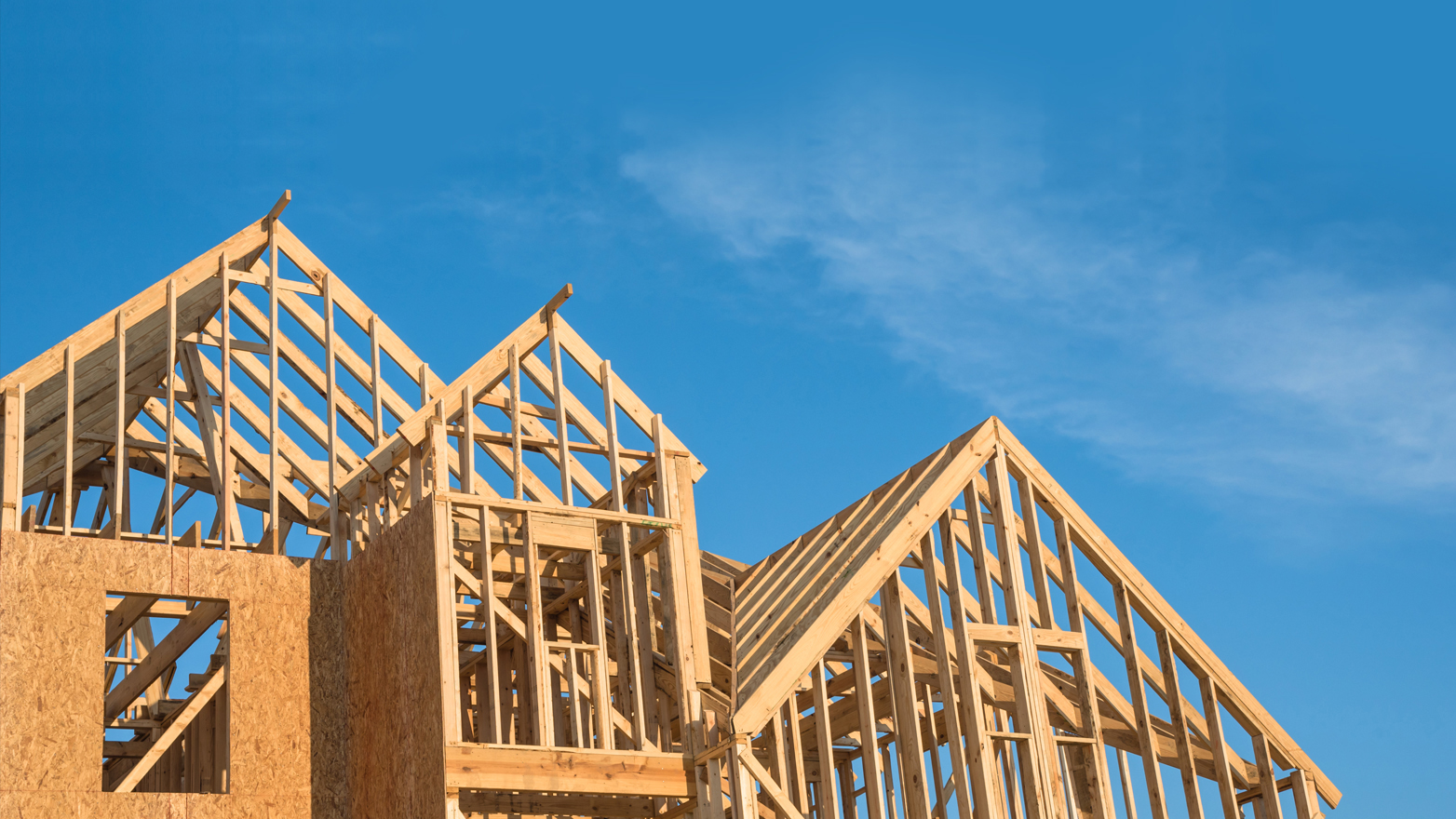New homes sales up monthly, down yearly
Thin supply boosts new and existing home sales.

New home sales, which are captured at the contract signing, popped 1.1% in February after January sales were revised lower. While sales are up for three consecutive months, they remain 19% lower than a year ago. The South, the largest market for new construction, and the West both posted gains for the month. Builders are benefitting from a supply shortage in the resale market, pushing more buyers towards new homes, especially at the higher end of the market.
The uptick in sales was entirely due to homes that were sold before construction was even started. The concern is this is where cancellations tend to occur, especially if mortgage rates spike again. The recent turmoil in the financial sector has pushed long-term rates lower, which will provide comfort to home buyers. Mortgage applications to purchase a home have already picked up in March after hitting a new multi-decade low in February.
The number of new homes available for sale sits at 8.2 months’ supply; supply is elevated compared to the pre-pandemic average of about six months. This incentivizes builders to finish current projects rather than starting new ones, while attempting to lure buyers with concessions such as mortgage buy-downs and price reductions. The strategy appears to be working, as new homes sold as a share of overall homes sold in the market is ticking up.
Separately, existing home sales, which are captured at the contract closing and reflect activity from the past few months, surged 14.5% in February, the largest increase in almost three years. Sales appear to have hit a trough in January and could be experiencing a spring thaw. Sales remain 22.6% below year-ago levels, when mortgage rates were less than half of what they are today.
Mortgage rates spiked above 7% in February before coming down to the mid-6% range in March. This will show up as cooling in resale activity over the next few months but is then expected to reverse once we enter the prime spring/summer home buying season.
The focus now is on resale home prices, which slipped for the first time in nearly 11 years in February. This is to be expected as prices tend to lag sales activity. The composition of homes sold matters as well. Fewer high-end homes were sold in the month. Competition for homes under $300,000 remains fierce. As sales activity returns, more price declines are likely, especially in regions that have experienced job losses, such as the West. However, this is not the housing bust again.
The supply of existing homes available for sale remains tight at just 2.6 months. This will keep a floor under prices, especially as many homeowners have either paid off their mortgages or are sitting on below-4% mortgages. Some move-up buyers are now building their dream homes on their own lot after tearing down their existing one. This behavior will give a boost to rentals in the areas where activity is strongest.
Bottom line
The Federal Reserve hiked interest rates again in March, as its job on fighting inflation is far from over. Home buyers received a small reprieve in the drop in mortgage rates linked to volatility in the financial sector. Any drop in mortgage rates revives housing market activity, especially if prices continue to fall. The tightening of credit conditions in the broader financial sector could crimp that demand a bit, given the higher hurdles lenders are expected to place on borrowers. The housing market will be one of the sectors pulling us out of a recession by the end of the year.
The housing market will be one of the sectors pulling us out of a recession by the end of the year.
Explore more insights
Meet our team

Subscribe to insights from KPMG Economics
KPMG Economics distributes a wide selection of insight and analysis to help businesses make informed decisions.
